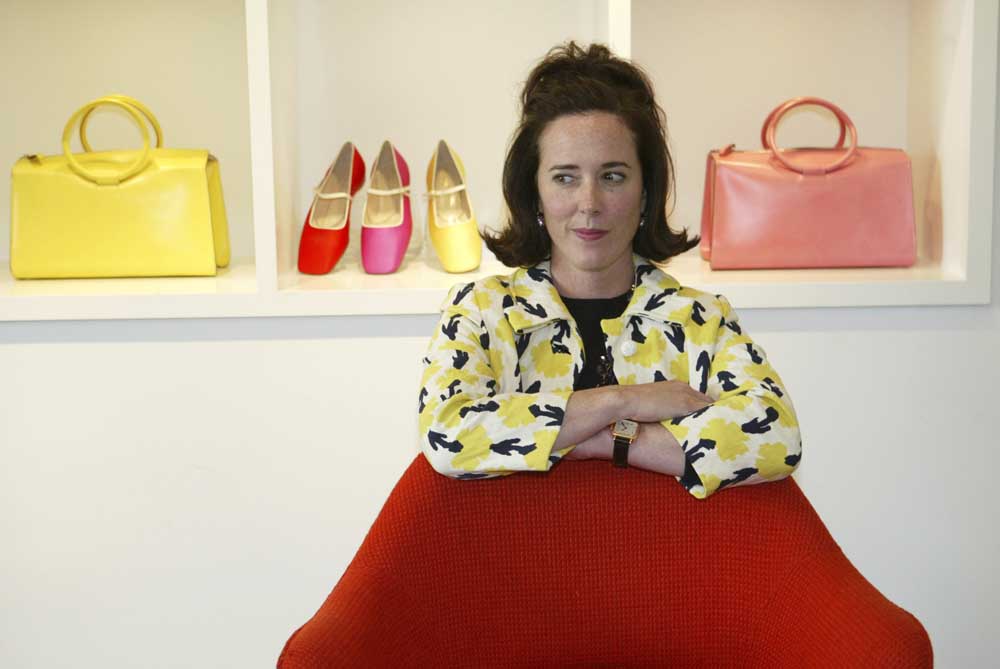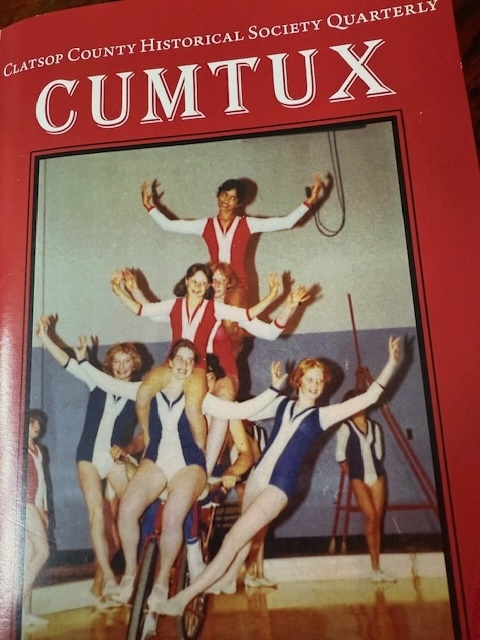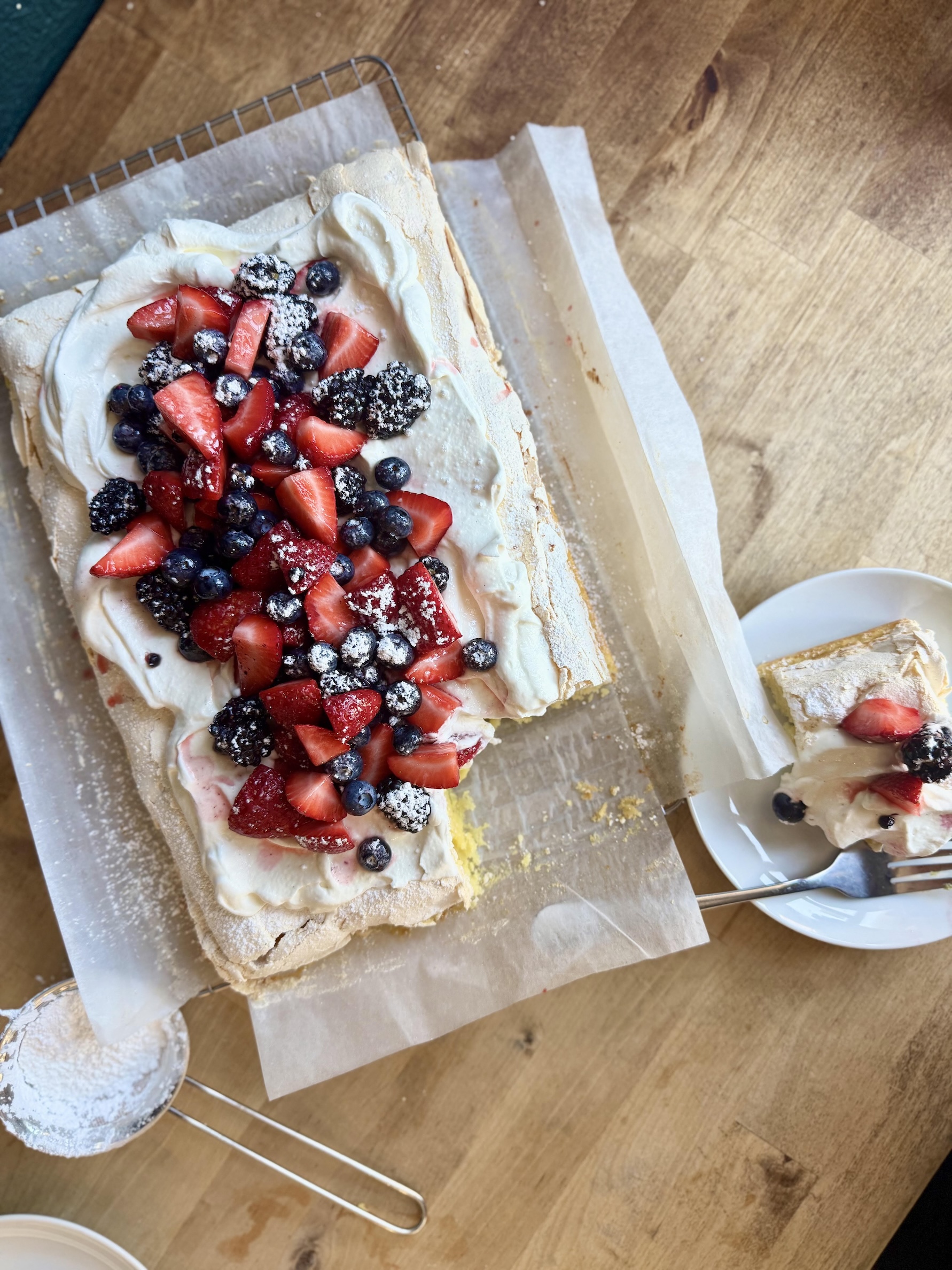The battle between light and dark Kate Spade and Anthony Bourdain’s suicides rattle us all
Published 11:37 am Tuesday, June 19, 2018

- Designer Kate Spade posing among handbags and shoes from her collection in New York.
I was still digesting the sad news about the handbag designer Kate Spade who abruptly ended her own life when I learned the celebrity chef and world traveler bon vivant Anthony Bourdain had killed himself.
Trending
I woke up the morning of Friday, June 8, thinking only of coffee. Scanning my news feed on social media, I saw a post from a friend, a successful young man who is the beverage manager at a restaurant in Manhattan and a partner in two other New York City dining establishments.
“Never knew or met Tony Bourdain, but have been a tremendous fan and follower for years,” he wrote. “Along with millions of other restaurant professionals, I’ve watched and read his work obsessively; he’s single-handedly been the most impactful influence on my outlook and passion for food and my industry as a whole, not to mention, somewhat painful in its irony, a lust for life and the world around us. This one hurts.”
Bourdain, an American chef, author and television personality, ended his life only days after Kate Spade, an American designer, ended hers. Both of these brilliant, talented, wealthy, charismatic and driven people chose hanging as their method. As is true with any celebrity suicide, news programs, talk show hosts, experts on mental health and culture pundits burst into action, discussing suicide, how to recognize those who might be in danger, and how to prevent it.
Trending
While most people cleave to the idea that mental illness is the only explanation as to why anyone would end their life, I think there are other factors. There is an increasing awareness that homelessness, job loss, loneliness, poverty and chronic physical pain can drive people not normally given to despair to suicide.
Neither Kate Spade nor Tony Bourdain were poor, unemployed or homeless. They lived in the public eye, surrounded by friends and supporters. To the average observer, it seemed they had everything: money, power, stature and control over their own lives. They were creative types blessed with talent and vision.
They did share in common, however, a history of depression and in Bourdain’s case, a history of substance abuse. After her death, Spade’s husband told Page Six of the New York Post, she had been drinking heavily. Bourdain readily shared in interviews he’d been a heroin addict. He was a former cocaine user. He never gave up alcohol.
You may have noticed how angry many people feel when someone takes their life. Suicide is often called the ultimate selfish behavior.
The battle between the dark and the light is a hard one. Bourdain was a dark and mordant personality; despite his love of food and his joy of eating it with others, it was his darkness, his “bad boy” status, that drew us to him. He is famously quoted for having said, “I should’ve died in my 20s. I became successful in my 40s. I became a dad in my 50s. I feel like I’ve stolen a car — a really nice car — and I keep looking in the rearview mirror for flashing lights. But there’s been nothing yet.”
I never owned a Kate Spade bag. Her style was never mine. But I admired her verve and her ability to position herself within the ranks of Great American Designers.
What I loved about Bourdain was his honesty and capacity for self-effacement. While his death is sad, terribly sad, I choose to view it with sympathy, not judgment or anger. I accept he decided, for whatever reason, to surrender to his dark side. Given the extent of his depression, I thought he fought valiantly for the light. He brought us joy in the form of food, travel, humor, generosity and his fabulous animal allure. I celebrate those parts and honor the truth that, for decades, he was a soldier against his own darkness.









